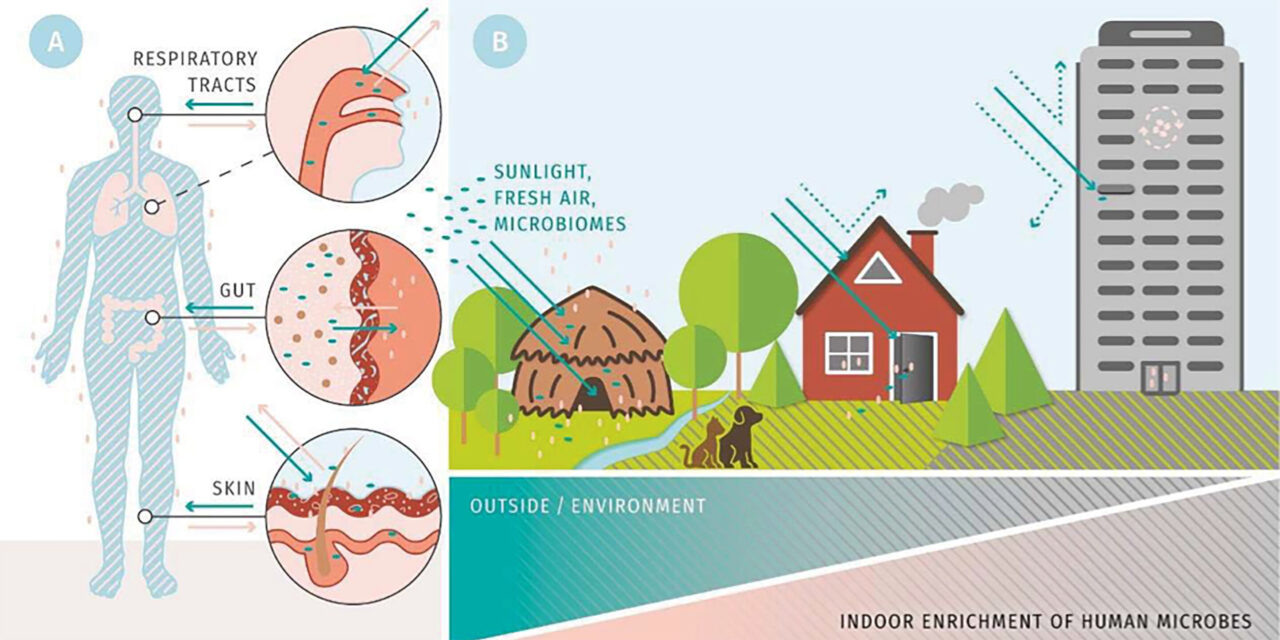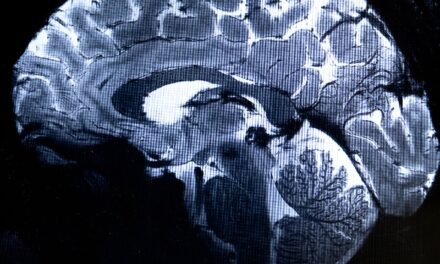In a groundbreaking perspective paper published in the Proceedings of the National Academy of Sciences, a group of esteemed scientists from the Canadian Institute for Advanced Research (CIFAR) in Toronto has unveiled a paradigm-shifting proposal regarding the influence of the built environment on the human microbiome. Led by notable figures such as Professor Beatriz Colomina from Columbia University and Professor Thomas Bosch from Kiel University, the research underscores the critical importance of considering the microbial ecosystem within urban planning and architectural design.
Over the past two decades, scientific understanding has evolved to recognize the intricate relationship between humans and the diverse array of microorganisms that inhabit their bodies and surroundings. This symbiotic community, known as the microbiome, plays a pivotal role in numerous physiological processes, including nutrient absorption, immune function, and neuronal signaling.
However, the advent of modern urban living has inadvertently disrupted this delicate balance, leading to a depletion of microbial diversity within the human microbiome. Factors such as increased indoor living, reduced exposure to natural environments, and the use of antimicrobial materials have contributed to this phenomenon, potentially exacerbating the prevalence of various diseases, including inflammatory bowel disorders, diabetes, and neurodegenerative conditions.
Drawing upon insights from the Collaborative Research Center (CRC) 1182 “Origin and Function of Metaorganisms” at Kiel University, the researchers at CIFAR propose a novel approach to urban planning—one that prioritizes the restoration of microbial diversity within the built environment. By reimagining buildings as dynamic ecosystems that interact with the human microbiome, they advocate for designs that foster healthy microbial colonization and promote overall well-being.
Key to this approach is the concept of “microbiome-friendly architecture,” which emphasizes the integration of natural microbial exposures into the built environment. Rather than isolating occupants from their surroundings, future buildings would be designed to facilitate controlled interactions with beneficial microorganisms, thereby enhancing microbial diversity and promoting human health.
Professor Bosch highlights the need for a fundamental shift in perspective, stating, “Our urban way of life ignores the fact that the body has adapted to its environment and its microbes over thousands of years and that it is only fit and healthy in contact with these partner organisms.” By embracing this holistic view of human-microbe interactions, architects and urban planners can pave the way for a healthier and more sustainable future.
Practical strategies for implementing microbiome-friendly architecture include the use of non-toxic building materials, enhanced ventilation systems, and the incorporation of green spaces within urban landscapes. By creating environments that support microbial diversity, these initiatives have the potential to mitigate the risk of disease and improve the overall well-being of city dwellers.
As the world continues to grapple with the challenges of urbanization and public health, the insights provided by this pioneering research offer a glimpse into a future where architecture serves as a catalyst for human-microbe symbiosis. By harnessing the power of microbiome-friendly design, cities can emerge as vibrant ecosystems that nurture both the physical and microbial health of their inhabitants.
The publication of this perspective paper marks a crucial step towards realizing this vision, inspiring further interdisciplinary collaboration and innovation in the fields of microbiology, architecture, and urban planning. As society looks towards the future, the integration of microbiome-friendly principles promises to revolutionize the way we conceive, design, and inhabit the built environment.











